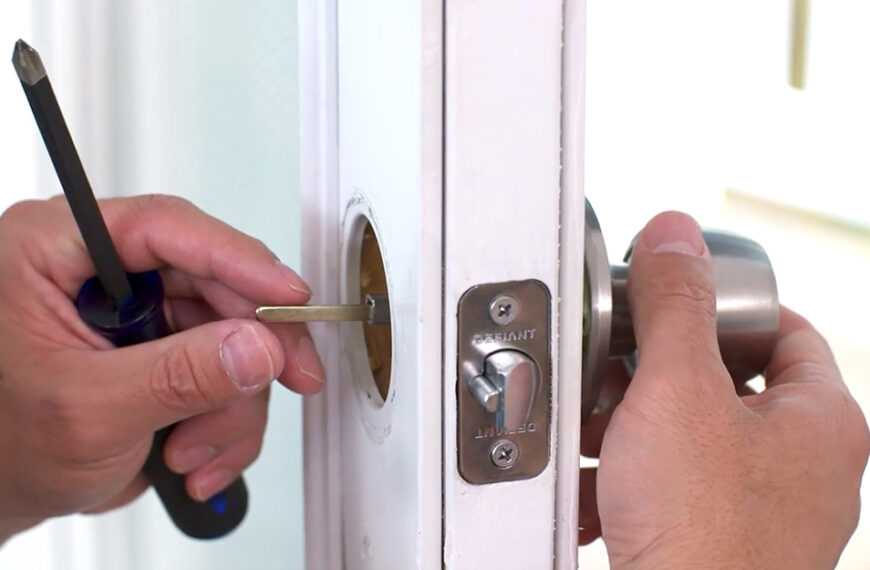Gold coins have fascinated collectors and investors for centuries. But when it comes to actual value, not all coins are created equal. Some are worth far more than their gold content, while others are valued primarily for their weight. Understanding what drives a coin’s value is essential if you’re looking to invest wisely.
Whether you’re building a portfolio or buying a few pieces to hold long-term, recognising the key factors that make a gold coin valuable can help you make smarter decisions and avoid overpaying.
Related Article: Are Gold Coins A Good Investment
Gold Content and Purity
The first thing that determines the value of any gold coin is its actual gold content. Measured in carats and fineness, this tells you how pure the coin is. Most investment-grade coins are either 22-carat or 24-carat gold.
For example:
- Gold Britannia coins are made of 24-carat gold (999.9 fineness).
- Gold Sovereigns are 22-carat (916.7 fineness), which includes a small amount of copper for added durability.
Higher purity generally means a higher intrinsic value, especially when the spot price of gold rises. However, even 22-carat coins can be highly valuable due to their other qualities, including demand and historical relevance.
Weight and Size
The weight of a gold coin is another major factor in its value. Most bullion coins are available in standard weights such as 1 oz, ½ oz, ¼ oz, and 1/10 oz. The more gold a coin contains, the higher its melt value based on current market prices.
However, smaller coins can carry premium pricing due to production costs and buyer preference for lower entry points. Many investors prefer a mix of sizes for liquidity and flexibility.
Rarity and Mintage Numbers
Coins that are minted in limited quantities tend to be more valuable. Low mintage numbers create scarcity, and when demand outweighs supply, the price naturally rises.
Some older Sovereigns, for example, are prized not only for their gold content but because only a small number were ever produced. Limited-edition Britannias or commemorative issues can also carry collector premiums above their bullion value.
Condition and Grade
Condition matters greatly when it comes to coin value, especially for collectible or older pieces. Coins are graded on a scale that ranges from Poor to Mint State (MS), with uncirculated coins being more desirable.
Coins in near-perfect condition often sell for far more than worn examples of the same type. That’s why proper storage and handling are so important if you’re investing for the long term.
Historical and Cultural Significance
A gold coin’s story can add a great deal of value. Coins linked to important historical events, monarchs, or eras are often more sought after by collectors.
For instance, pre-Elizabeth II Sovereigns or Victorian-era coins may command a premium due to their age and historical context. These coins not only hold value in their metal content but also as rare pieces of British history.
Market Demand and Liquidity
A coin’s value is also tied to how easy it is to sell. Popular coins like Gold Britannias and Sovereigns are widely recognised and accepted by dealers worldwide, which makes them more liquid.
If a coin has strong demand in the market, it will usually retain or increase in value more reliably than obscure or lesser-known options. Always choose coins that are easy to resell and well-known among investors.
Tax Advantages
In the UK, certain gold coins offer valuable tax benefits. Legal tender coins like Sovereigns and Britannias are exempt from Capital Gains Tax (CGT), making them even more attractive for UK investors.
This tax advantage adds to the overall value of the coin, especially for those looking to make long-term gains. On top of that, investment-grade gold is VAT-free, meaning you avoid extra costs at the time of purchase.
Authenticity and Trust
Where and how you buy your gold coins matters. Genuine, certified coins from a reputable dealer like Gold Investments carry more trust—and therefore more value—than coins bought from unverified sources.
Counterfeit coins are a real risk, and even genuine coins without clear provenance may raise questions at resale. Always deal with well-established suppliers who provide certification, accurate descriptions, and safe delivery.
Design and Aesthetic Appeal
Though less tangible, a coin’s appearance also plays a role in its value. Some coins are admired for their detailed designs, artistic quality, or national symbols. These features can boost demand among both collectors and investors.
For example, the Gold Britannia is valued not just for its gold content and purity but also for its iconic image of Britannia, which represents strength and stability. A beautiful coin tends to have higher appeal, especially in the collector market.
Packaging and Presentation
Coins that come in original packaging, capsules, or display cases often retain better condition and appeal. While it may not add to the gold value itself, professional presentation can increase the coin’s desirability, especially as a gift or part of a portfolio.
Many investors prefer coins that are untouched, sealed, and preserved, which helps maintain both their aesthetic and resale value over time.
Conclusion
A gold coin’s true value goes far beyond its weight in metal. It includes purity, rarity, demand, condition, and even tax efficiency. Whether you’re investing for profit or collecting for passion, understanding these factors helps you choose coins with lasting worth.
Gold coins like Sovereigns and Britannias offer the ideal mix of history, liquidity, and tax-free advantages. When purchased from trusted dealers like Gold Investments, they can be a powerful tool for preserving wealth.
If you want to own something beautiful, tangible, and financially smart, gold coins remain one of the most valuable assets you can hold.














